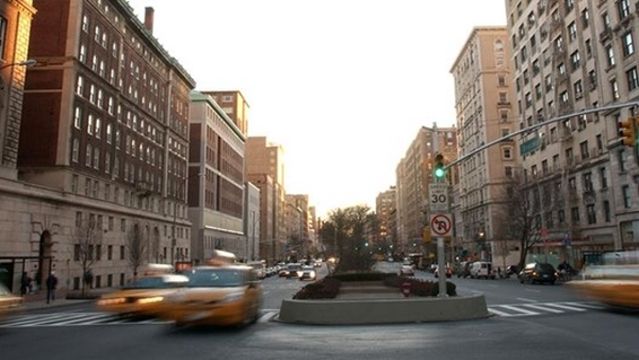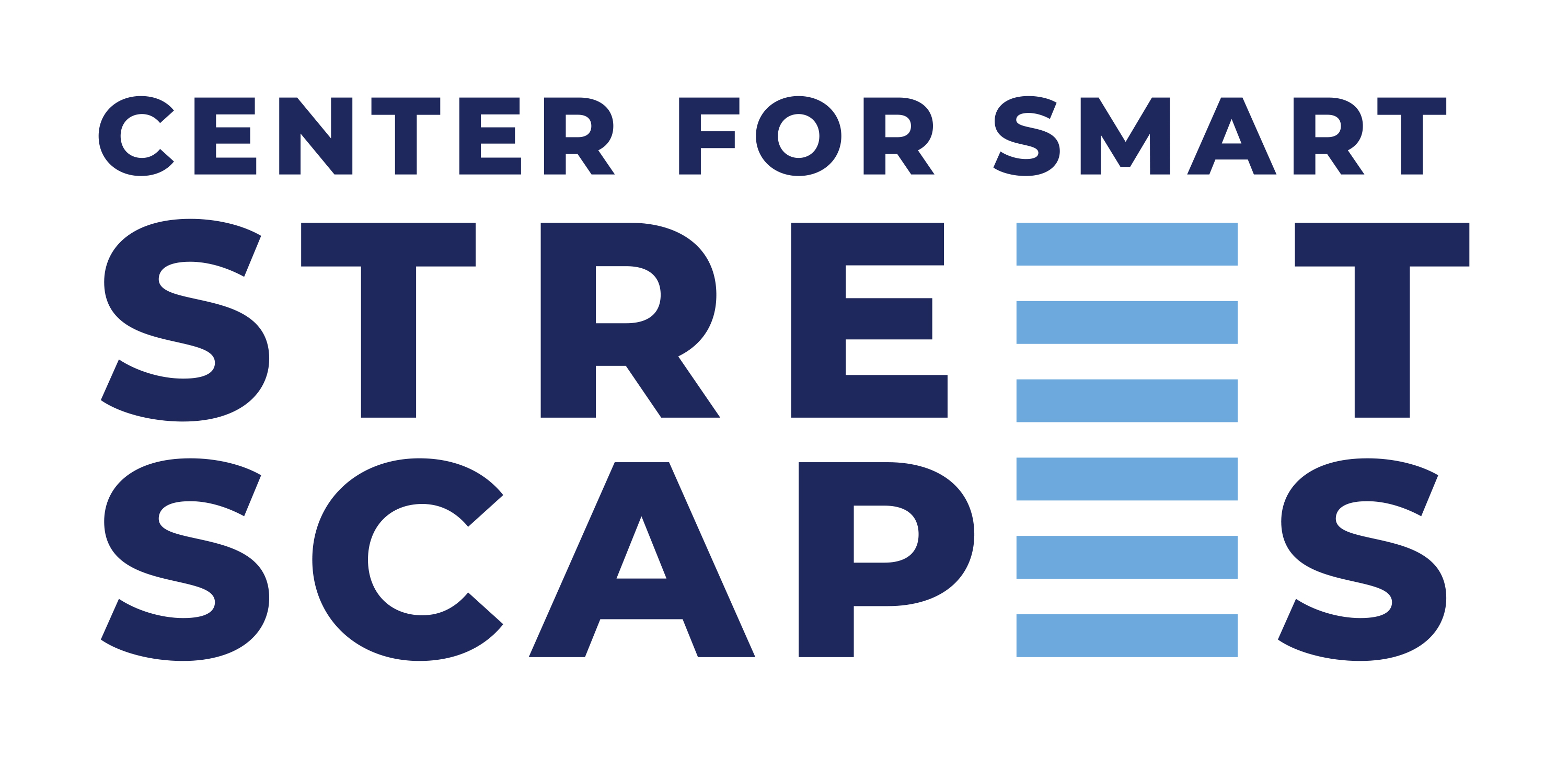ERC Streetscape Researchers are Reimagining Roadways and Sidewalks
Outcome/Accomplishment
With the aid of computing power and artificial intelligence (AI), streets can be made safer and more efficient through smoother traffic patterns and an improved sidewalk experience, according to ongoing research at the Center for Smart Streetscapes (NSF CS3), a U.S. National Science Foundation (NSF)-funded Engineering Research Center (ERC) based at Columbia University.
Impact/Benefits
Smart streetscape technology will enable transportation officials to better manage traffic and give pedestrians an extra measure of safety. The ongoing research has shown the value of partnering with the public sector and its large stores of data in producing tangible benefits for the public.
Explanation/Background
Dozens of researchers across multiple disciplines collaborate with more than 80 non-academic community stakeholders, including industry partners, community organizations, municipalities, and schools. The collaborations produce new technologies and build trust in those technologies through accountability and transparency. Researchers experiment with next-generation sensors, wireless communication infrastructure, and edge-cloud computing in a functioning intersection in New York City.
Location
New York City, NYwebsite
Start Year
Microelectronics and IT
Microelectronics, Sensing, and IT
Lead Institution
Core Partners
Fact Sheet
Outcome/Accomplishment
With the aid of computing power and artificial intelligence (AI), streets can be made safer and more efficient through smoother traffic patterns and an improved sidewalk experience, according to ongoing research at the Center for Smart Streetscapes (NSF CS3), a U.S. National Science Foundation (NSF)-funded Engineering Research Center (ERC) based at Columbia University.
Location
New York City, NYwebsite
Start Year
Microelectronics and IT
Microelectronics, Sensing, and IT
Lead Institution
Core Partners
Fact Sheet
Impact/benefits
Smart streetscape technology will enable transportation officials to better manage traffic and give pedestrians an extra measure of safety. The ongoing research has shown the value of partnering with the public sector and its large stores of data in producing tangible benefits for the public.
Explanation/Background
Dozens of researchers across multiple disciplines collaborate with more than 80 non-academic community stakeholders, including industry partners, community organizations, municipalities, and schools. The collaborations produce new technologies and build trust in those technologies through accountability and transparency. Researchers experiment with next-generation sensors, wireless communication infrastructure, and edge-cloud computing in a functioning intersection in New York City.

